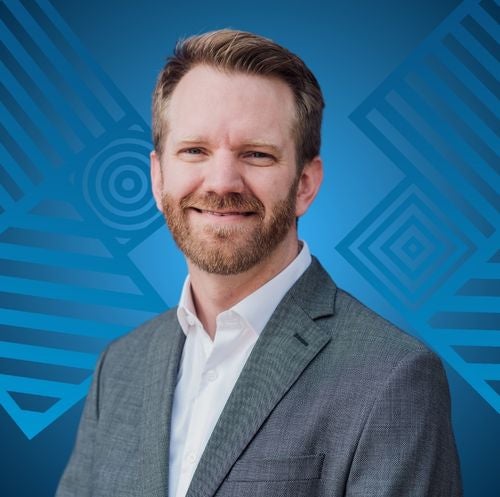
Addressing development challenges requires more than capital. Non-financial support and strategic guidance are essential for small and growing businesses to thrive, creating sustainable, localized growth beyond financial investments.
“When you are a hammer, everything looks like a nail.”
I’ve become fond of using this saying to describe a key failing in many conversations about private sector development. Most actors in the system have a strong incentive to solve problems with finance, and it certainly is one of the problems. But there are several reasons that it is not the panacea many imagine and often becomes a stand-in for things capital cannot address.
First, on the incentives, there are a few things going on. One is that every entrepreneur will tell you access to finance is their biggest problem. While I have no doubt that they sincerely believe this, if you talk to any seasoned investor they can tell you precisely the reasons these businesses don’t get finance, and they have very little to do with the availability of capital. They might have poor market access, bad unit economics, a risky regulatory environment, weak governance, missing skills on the leadership team, or a whole host of other problems. But when you ask the entrepreneur, they often have not had good advisors to point these things out to them, just investors who tell them no. So when you ask them what they need, they say they need an investor to say yes, but the truth is often far more complex.
The second problem is that being an investor is often a more prestigious, reliable, and better compensated career than being a business advisor. The economic model of running an investment fund, with a 2% management fee and a 20% performance fee makes it relatively easy to pay yourself a good and reliable salary. You raise a large pool of capital and you have a fixed salary for sometimes eight years. Providers of non-financial services on the other hand have a much less clear business model and far more sparse funding environment in which to operate. This means that the people who could accurately diagnose the needs of businesses and help them navigate solving those challenges are in far shorter supply than the investors who just wish for the pipeline of “investment ready” businesses would improve.

Framing concepts like the finance gap for SMEs, or for women entrepreneurs, or climate entrepreneurs etc., present the problem as if a big pile of money going to the right places would fix the problems…
But we know this isn’t true.
There is also the problem of big numbers. Investment institutions, economists, government policymakers all want big levers that solve problems at scale. They are far less well equipped to deal with problems that require bespoke solutions, nuanced market knowledge, and getting your hands dirty with an individual business in order to help it produce maybe 100 more jobs.
The idea that simply mobilizing finance can independently solve development challenges is a very tempting one because it is easy to do at the kind of volume these institutions are used to working at. Framing concepts like the finance gap for SMEs, or for women entrepreneurs, or climate entrepreneurs etc., present the problem as if a big pile of money going to the right places would fix the problems.
But we know this isn’t true. There is a LOT of money out there trying to solve development challenges and invest for impact. We are told that it amounts to Trillionsof dollars! But for that money to flow to the places you really want it to go, the truth is most of the work is non-financial capacity building for businesses to be ready to accept that capital and deploy it productively in places where the business environment is often very difficult.
So the next time you see an announcement of hundreds of millions in a new fund trying to solve a development challenge, look for how much money it devotes to solving the non-financial problems that constrain the pipeline of businesses it wants to invest in. In most cases you are lucky if it is a technical assistance facility that amounts to 10% of the assets of the fund. But if the problem involves trying to build a market in places where one scarcely exists, the need for grantmaking to non-financial services is probably closer to 50%, and perhaps even more.
This is why official development assistance is so crucial to support entrepreneurial ecosystems. Bilateral donors should grant fund the organizations who incubate, accelerate, advise, consult and invest in growth oriented small business in low and middle income countries. If they did this at scale, it would result in a more vibrant business environment, and all these funding gaps we hear about would suddenly begin to close. Investors would find more investment ready businesses to deploy funding into and as an added benefit, between 60 and 80% of businesses would scale their growth without any outside funding at all! Just like happens in the United States and other high income contexts, the path to growth for most businesses would not even require outside capital, but would be enabled by revenue driven growth made possible by sound business advisors and effective strategy.
This is the real potential of small and growing businesses for sustainable growth that creates a pathway out of poverty and towards a more prosperous future. It is also inherently localized, evidence based, and more effective than almost any other development intervention we know of.

 By
By